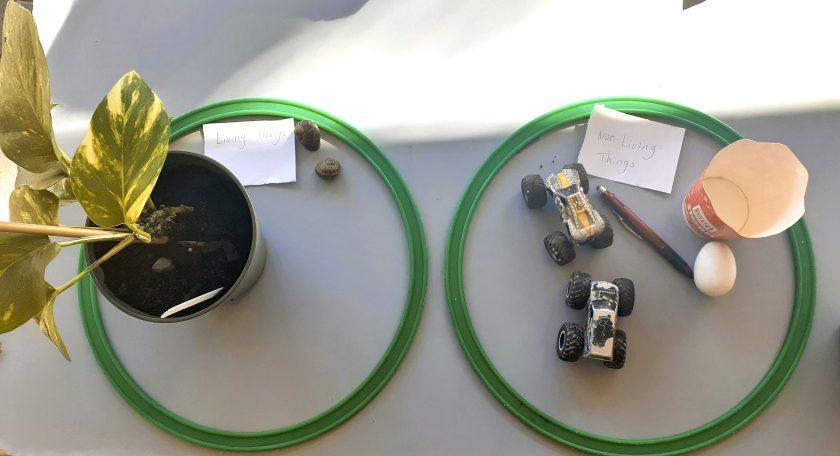
How Montessori Children Learn About Plants, Sustainability and Responsibility
In our Early Learning Center, we are excited to begin another enriching term of learning, growth, and discovery, with a special welcome to our new children and their families.

As new friends settle into the environment, our younger continuing children have had the unique opportunity to step into leadership roles, perhaps for the very first time, taking on responsibilities such as modelling routines, helping with activities, and offering gentle guidance to their new classmates. It’s a beautiful reflection of the Montessori philosophy, where every child, regardless of age, is seen as both a teacher and a learner.
This term in Cultural Studies, we are exploring botany – the study of plants, including their parts, names, life cycles, and the vital roles they play in our world. We will be learning how plants are used by different cultures and their importance in ecosystems, fostering both scientific understanding and a deeper appreciation of nature. To begin this topic, we have started by examining the differences between living and non-living things.

We were also lucky enough to observe the life cycle of monarch caterpillars, which we discovered in our beautiful Roopina garden. This real-life encounter has allowed the children to witness transformation firsthand and consider what living things need in order to survive and thrive. It also ties in meaningfully with our current Keeping Safe: Child Protection Curriculum focus—Rights and Responsibilities—as children reflect on how to care for living creatures and the world around them.
In addition to our learning about plants and living things, we are excited to be starting a worm farm this term! This hands-on project will promote sustainability and environmental awareness, as children learn how to sort food scraps and other materials needed to care for the worms. It’s a wonderful way to explore the natural process of composting and deepen our understanding of how we can contribute to a healthier planet.
As Maria Montessori wisely stated:
“The land is where our roots are. The children must be taught to feel and live in harmony with the Earth.”
We are looking forward to a term where curiosity blooms, connections grow, and children deepen their sense of responsibility for themselves, each other, and the environment.





